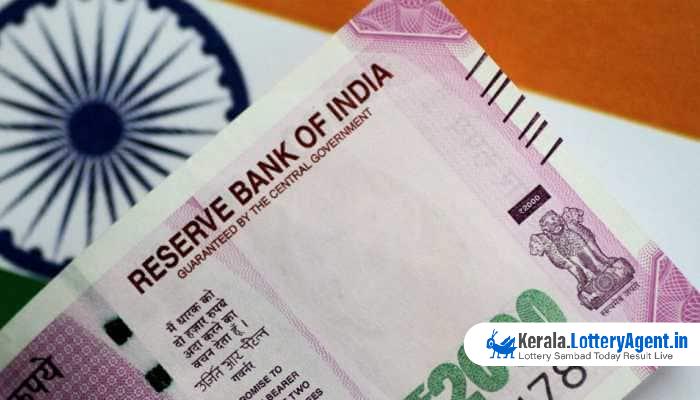
New Delhi: The Reserve Bank of India (RBI) has recently made a significant announcement regarding the Rs 2,000 denomination banknotes. As per the central bank’s latest status report, a whopping 97.76% of these high-value notes that were in circulation on May 19, 2023, have been returned to the banking system. This event followed the RBI’s decision to withdraw these notes from circulation.
The total value of the Rs 2,000 banknotes that was in circulation on the day of the announcement stood at Rs 3.56 lakh crore. This amount has since plummeted to Rs 7,961 crore as per data recorded at the close of business on April 30, 2024. The substantial return of these currency notes points towards effective compliance by the public with the central bank’s directive.
Despite the withdrawal from active circulation, it’s important to highlight that the Rs 2,000 banknotes remain a legal tender. This means the notes are still recognized by law to be accepted for the exchange of goods and services, although their movement is now tightly controlled by the RBI.
This development follows the RBI’s detailed action laid out in Press Release 2023-2024/257 on May 19, 2023. The press release outlined the guidelines for the withdrawal of the Rs 2,000 notes and set the stage for their systematic return to the RBI’s vaults. The RBI has been meticulously updating the public on the progress of this withdrawal, with the latest press release on the subject having been shared on April 01, 2024.
Post the initial announcement, the opportunity for deposit and exchange of the Rs 2,000 notes was open at all bank branches across the country until October 07, 2023. This period allowed people to conveniently rid themselves of high-value currency in exchange for other denominations or deposit the same into their bank accounts.
After the deadline for banks passed, the RBI continued to offer an exchange facility at its 19 Issue Offices. This initiative has been in place since the first day of the withdrawal announcement. Additionally, from October 09, 2023, these Issue Offices began allowing individuals and entities to deposit these notes directly into their bank accounts, broadening the avenues for compliance.
A novel aspect of this initiative is that members of the public have the option to send their Rs 2,000 banknotes to any RBI Issue Office through India Post from any post office within the country. This move leverages the extensive network of India Post to ensure a hassle-free process for account holders wishing to deposit the high denomination currency into their banks.
The conclusion of this exercise signifies the RBI’s ongoing endeavors to maintain the integrity of the Indian currency system. The use of high-denomination notes has been a subject of debate, particularly concerning their role in illicit financial activities. By retracting these notes from daily economic exchange, the RBI aims to enhance financial transparency and minimize potential misuse.
As we look forward, the RBI’s actions underscore the institution’s agility in managing the currency in circulation. The near-total return of the Rs 2,000 banknotes demonstrates the broad public alignment with national monetary policies and the robust mechanisms in place for currency management. The central bank’s periodic updates and transparent communication have been pivotal in ensuring that the withdrawal process is executed smoothly and without disruption to the larger economy.
In essence, the saga of the Rs 2,000 banknotes, from their withdrawal announcement to the near-comprehensive return, stands as a testament to effective policy implementation and the concerted effort of a nation to adapt to changing monetary standards. As the RBI continues to monitor and regulate the money supply, such actions reinforce the credibility of India’s banking system and the public’s trust in the nation’s financial architecture.












